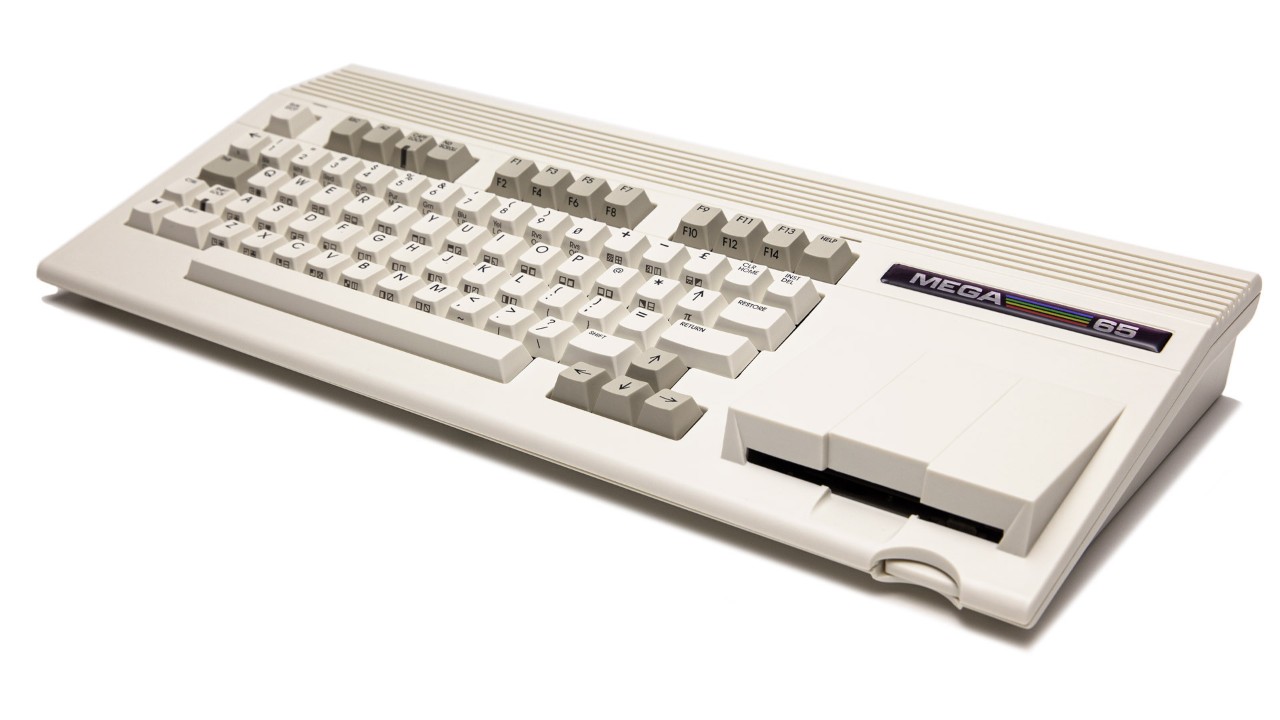Bringing Retro Gaming and Computing Up to Date for Grown-Up Kids
June 13, 2022
Editor’s Note: This content is contributed by Ramesh Iyer, Senior Director, Pro AV & Broadcast (AVB) and Consumer Vertical Markets at AMD
The gaming console market is currently worth $13B according to ABI Research, and is dominated by suppliers such as Microsoft, Nintendo and Sony. An activity that was once limited to an individual home has now morphed into cloud-based interactive gaming with a constant increase in computational capability of the processors that form the brain of the console. Online smartphone and tablet games continue to nibble away at the serviceable market (SAM) of portable consoles. Not to be outdone, the larger game console OEMs (Microsoft and Sony) continue to invest in purpose-built processors using the most complex modern technology capable of higher resolution (4K) with advanced wireless connectivity (Bluetooth, WiFi), 3D gaming with features such as 3D localization, Augmented Reality (AR) and Virtual Reality (VR) capabilities, and investments or partnerships with premium e-sports outlets.
Retro gaming and computing is a relatively new and strongly growing segment, which attracts avid gamers and programmers seeking a nostalgic reminder of simpler consoles from the 70’s and 80’s, and those who crave a minimalist approach to gaming. This segment finds comfort in a resurgence of retro-gaming consoles and 8-bit home computers. Examples include Nintendo (NES and SNES Classic Mini), Sega (Genesis and Saturn), Atari (2600, 5200 and Jaguar, ST), Commodore (VIC20, C64), and countless others. The gaming experience of those early platforms is fueling a resurgence of demand for retro-gaming platforms even though some of the companies that made those products are no longer in business, many of those that survived no longer offer those products, and after 30+ years some of the old hardware starts to malfunction.
So, how do you recreate those retro hardware and gaming experiences?
The best way to implement a retro console is by configuring interconnects on modern-day Field Programmable Gate Arrays (FPGAs). Unlike CPUs, FPGAs are specialized chips that use programmable logic blocks that can be altered as and when needed to simulate both the CPU and the hardware input/output of the older chips used originally in these consoles. The FPGA can also be reconfigured easily and fast in multiple ways, which lets you load many different console architectures on a single chip or reprogram the inputs and outputs to support different types of controllers and displays. FPGAs also feature a very powerful concept called parallelism, which accelerates its performance tremendously and beats software-based emulation hands-down.
Developers of retro hardware reproduce the behavior of old consoles in modern hardware description language (HDL) like Verilog or VHDL, which is then used to program the FPGA-sandbox to mimic the same experience. Clearly, FPGA-based recreation of retro computers and gaming consoles is not for everyone because it requires an intimate knowledge of the FPGA architecture, access to tools, programming languages, and hardware. Fortunately, there are niche OEMs, such as the MEGA65 team, who specialize in the development of retro-computers using Xilinx-based FPGAs, online communities and open source projects.
Using Artix®-7 FPGAs in the MEGA65 was a logical decision because of the high performance at relatively low cost, according to Dr Paul Gardner-Stephen from the MEGA65 project. “While it might have been possible to create the MEGA65 using earlier generations of FPGAs, the power and capacity of the Artix-7 FPGAs made it much faster and easier for us to design around – which was really important for a project that was being done in our limited spare time for fun. The availability of mature development boards and the Vivado ML tool also helped to make the process faster and easier than it would have been, if we had to start from scratch.”

<Fig 1. MEGA65 https://mega65.org is a project by MEGA Museum of Electronic Games & Art e.V. https://www.m-e-g-a.org. MEGA is a non-profit organization dedicated to the preservation of our digital heritage.>
Ultimately, what defines a core gaming experience is not just the hardware but the actual gaming titles. While FPGA-based realization is instrumental in recreating the original hardware, the key differentiation in retro-gaming consoles are the immense possibilities of adding newer and more modern features to those original game titles, whilst preserving an authentic retro gaming experience.
To learn more, visit xilinx.com/consumer.
Xilinx Xclusive Blog
-
- AMD-赛灵思公布 2021 自适应计算挑战赛开发者赛道获胜者
- Apr 28, 2022
-
- 启动您的引擎:Versal Premium 系列引入 AI 引擎,“加速”信号处理
- Apr 20, 2022
-
- 基于自适应计算的尖端音视频与广播方案亮相 ISE 2022
- Apr 06, 2022
Adaptable Advantage 博客
-
- MicroZed Chronicles: PYNQ Interrupts
- Jul 22, 2022
-
- Configurable Low Latency Streaming
- Jul 21, 2022
-
- MicroZed Chronicles: PYNQ and AXI IIC
- Jul 15, 2022